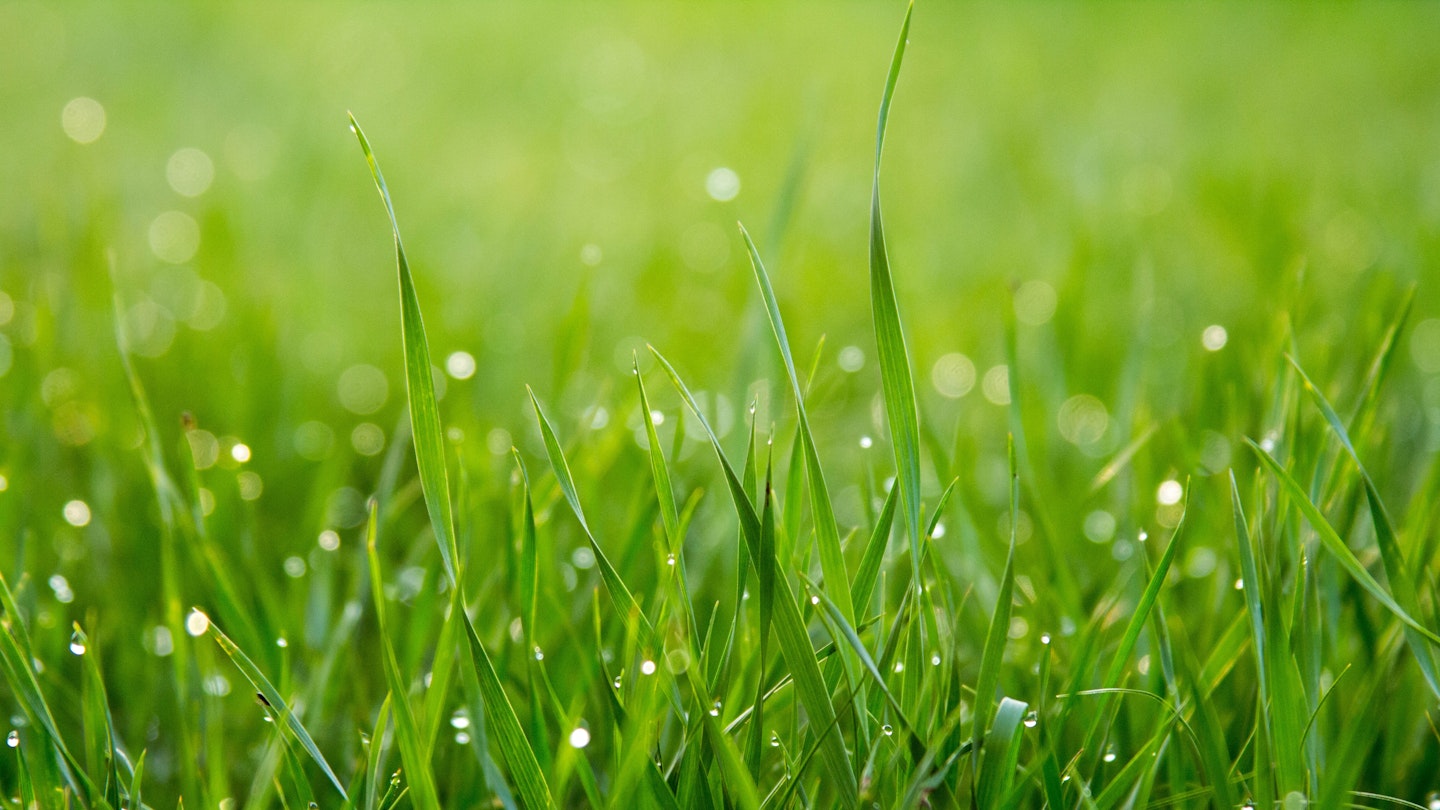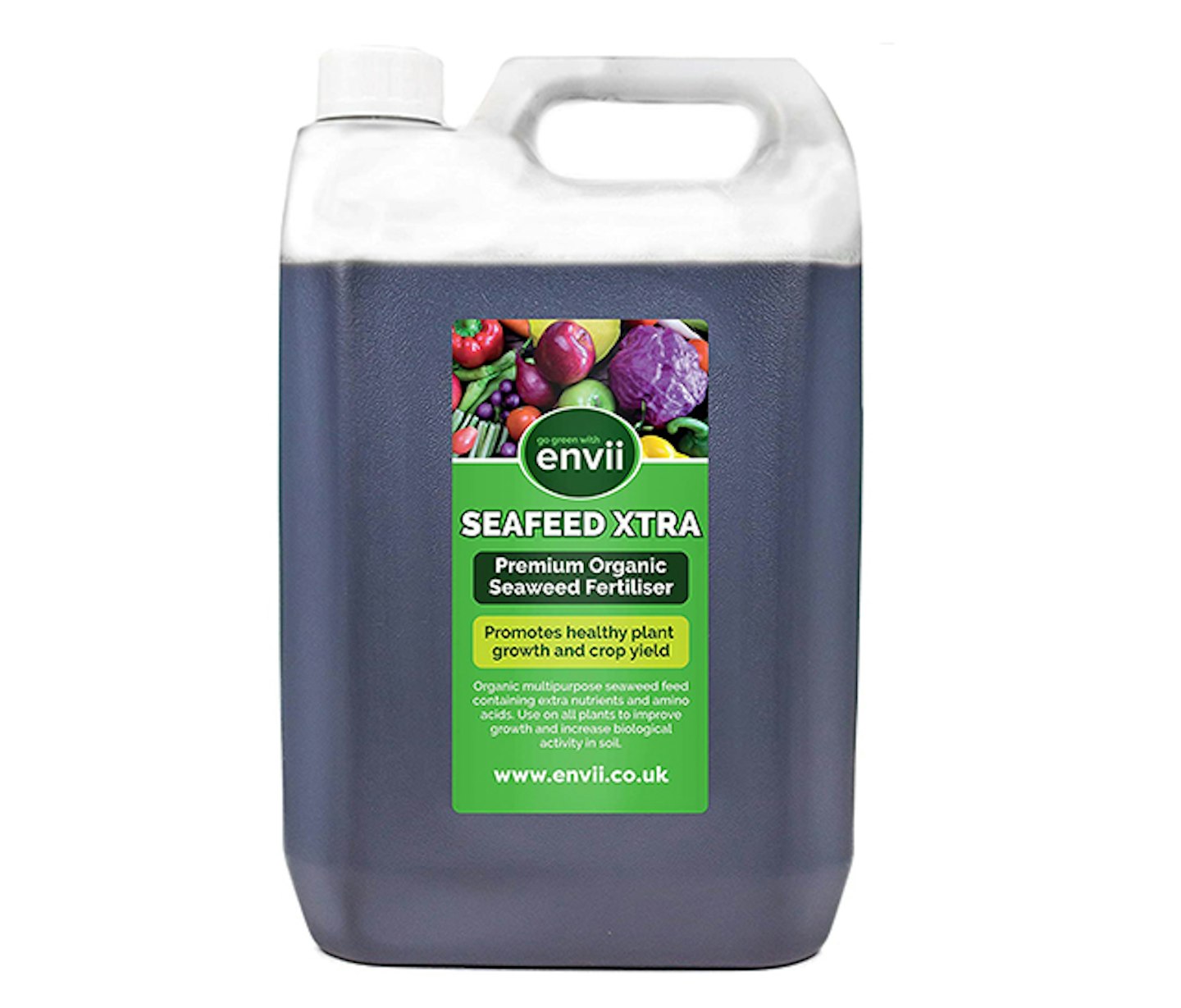Lawn is somewhat of an odd phenomenon that has become mainstream. Prior to the emergence of the urban sprawl that took hold after the Second World War, no one except the super-rich had lawn – no one could spare to waste the space.
But things have thoroughly changed. In the United States alone, over 100,000 square miles of lawn covers the ground, making it their most irrigated crop. Curious, given that lawn is purely for show.
Related: The best compost bins
Here in the UK, many people also like to keep lawn and want to make it thick and lustrous. Naturally, that often involves employing the help of a fertiliser of some sort. The crucial thing here is knowing exactly what lawn fertiliser to use that will give you a lawn with lasting health that won’t be environmentally destructive.
What to look for in lawn fertiliser?
This issue of fertiliser use, soil degradation and water pollution has certainly come to the fore in recent years. The intensification of land use on the commercial scale has led to more fertilisers being used. The main ingredients in fertilisers are nitrogen, phosphorus and potassium. These elements are essential to plants but in excess, they degrade the quality of soil and leach or run off into waterways and have dire effects there.
The same applies to the humble residential lawn. Presumably, you wish to maintain your soil quality and not have a destructive impact on your local environment. That’s why we’ve created this guide to help you choose effective, sustainable fertilisers for your lawn.
It’s not just about attending to the nutritional demands of your lawn, you need to care for the microorganisms and overall soil health too. In a forest, this happens naturally when dead flora and fauna break down, but in a tidy garden that doesn’t happen.
Have a look at our hand-selected lawn fertilisers to help you get the most out of your grass.
The best lawn fertilisers
All of these lawn fertilisers have been hand-selected by What's The Best shopping experts. Our team has spent hours investigating and researching, so you can choose the best one. Plus, we'd never recommend a product we don't believe in.Find out why you should trust us here.
Best liquid lawn fertiliser
SeaFeed Xtra is a premium, organic seaweed fertiliser that promotes strong, lush growth for plants and lawns and improves the biological activity in soil. Seaweed also has iron in it, which gives extra greenness to your lawn. You can use this product on other crops, flowers, and indoor plants too. It comes in one, five, 10, and 20-litre containers that are made from recycled ocean plastic.
Review: "It's amazingly good, I saw noticeable results in a week when other similarly quite-well regarded products had nothing like the same effect. The rather bizarre measuring-cup mechanism, once you get used to it, is rather ingenious, though requires washing out later in the bottle's use."
Best organic lawn fertiliser
This is a combination of seaweed and chicken manure. The seaweed acts as a supplement in improving soil quality, while the chicken manure acts as a stimulant for attracting bugs and worms. It comes in pellet form and can be used with any crop, not just lawn. One kilogram covers about 10 square metres.
Best natural lawn fertiliser
This concentrated liquid feed is based on seaweed extract derived from sustainably harvested kelp manufactured using a unique cell burst process. This process ensures maximum retention of the growth stimulants found in kelp along with a wide range of nutrients, vitamins and amino acids. The feed also contains additional added nutrients in the form of Nitrogen, Phosphorous, Potassium and Iron to help maintain a healthy green lawn that is resistant to the emergence of weeds and moss. This product is endorsed by The Royal Horticultural Society.
Review: "I used this about 4-5 days ago and can already see my grass is a lot greener than before, plus it’s growing like beanstalks which lets you know it’s working. Great value for money and will certainly buy again!"
Pet safe lawn fertiliser
Westland SafeLawn is a child and pet-friendly natural lawn feed that contains 100% natural ingredients that will thicken and green your lawn, resulting in the grass naturally preventing the growth of weeds and moss. Westland SafeLawn contains fast-acting and long-lasting plant nutrients, friendly bacteria to break down dead leaves and moss and added grass seed to fill gaps and thin areas. When using this product, you can expect that in seven days, your lawn will become greener and healthier.
Review: "We have only used this product once on our lawn so far this year and a week after application we could already see a big difference, much greener. Now one month after it is looking much thicker and substantial. It's nice and easy to apply. We are also very pleased that this is a natural product and doesn’t contain any weedkiller. The weedkiller is not necessary with this product because the grass grows so thick there are no bald patches for weeds to grow! BrillIant stuff, we will only be using this in the future."
Lawn fertiliser FAQs:
When is the best time to fertilise my lawn?
Mostly between late March and April, early summer, and late autumn. Follow the application instructions on the fertiliser you choose because they all vary slightly.
For best results, apply fertilisers when the soil is moist, or when rain is expected.
What are the types of lawn fertiliser?
Synthetic formulas - chemical fertilisers that offer immediate release and quick greening of the lawn, but at the expense of long-term soil health. These are manufactured using fossil fuels. They tend to be cheaper.
Organic formulas - naturally made from once-living organisms or their by-products. These are not as fast-acting as synthetics, they release their nutrients more slowly. This is better for your garden's long-term health if used properly.
Related: The best kids' gardening sets
Other aspects to consider are:
Granular fertilisers - a popular choice due to the ease of application.
Liquid or water-soluble fertilizers - spread using a hose, providing a quick and effective way to introduce nutrients rapidly to grassroots.
How to fertilise the lawn?
You should feed your lawn as soon after mowing as possible, as this will give the grass more time to absorb the nutrients before the next mow. If you mow your lawn after fertilising, you may remove the fertiliser before it has a chance to sink in properly.
You should not fertilise dry turf – there should be moisture in the soil for the grass plants to be able to take in the nutrients.
Depending on the fertiliser product you have purchased, you will either be able to apply using a hose attachment, watering can (liquid fertiliser), or by hand (granules). Some lawn fertilisers may come with spreaders to make it easier to get an even distribution of feed across your lawn. You can also buy spreaders separately.
Should I water after fertilising?
Yes, always water your lawn before and after fertilising - or wait until it is due to rain.
What is NPK?
NPK stands for nitrogen (N) phosphorus (P) and potassium (K). When you buy a commercial fertiliser, you will see an analysis of the NPK content on the packaging.
You will generally see an NPK ratio on the label such as 7:4:7, for example. This is the percentage of nitrogen, phosphorus, and potassium in the product. These ratios vary from product to product, but as a rule, you want to avoid anything with high percentages. This is often reserved for cheap synthetic products that offer a quick fix.
What are alternatives to fertiliser?
You may be blessed with rich soil, in which case you may not need anything. But yes, there are alternatives to packets of fertiliser:
Chicken manure is great for encouraging bug and worms in the soil. It smells a bit, so best to apply it in cooler weather and when damp.
Grass mulch is great for helping retain the ground's moisture and encourage worms. If your lawnmower has a mulcher already then that's even better because it's free. The trade-off is that it can - not always, but can - encourage weeds.
What to read next:
Angelica Daujotas is a Commercial Content Writer at Bauer Media where she tests products for What's The Best, Yours and Mother&Baby.
Subscribe to the What’s The Best Newsletter to keep up to date with more of the latest reviews and recommendations from Angelica and the rest of the What’s The Best team.




